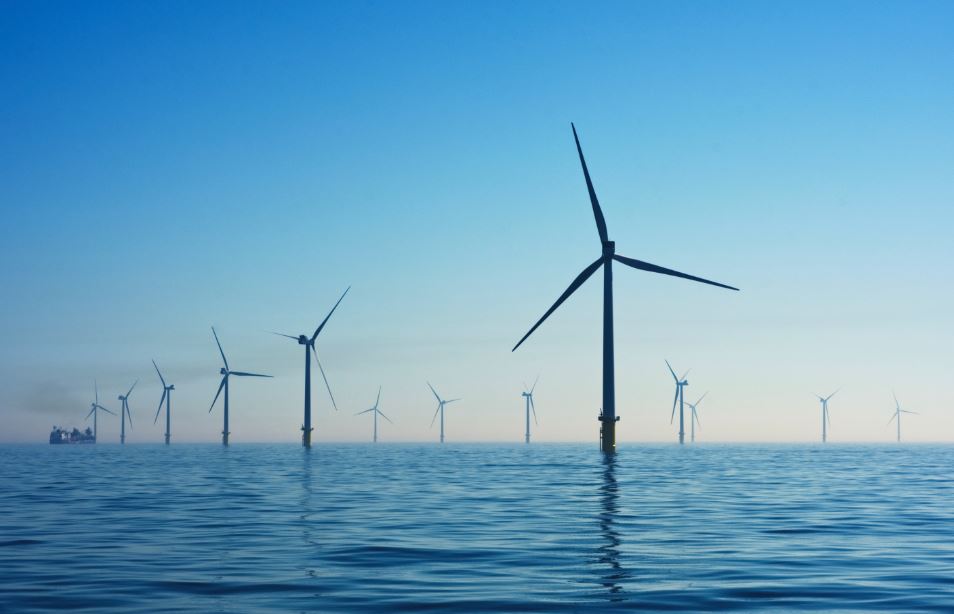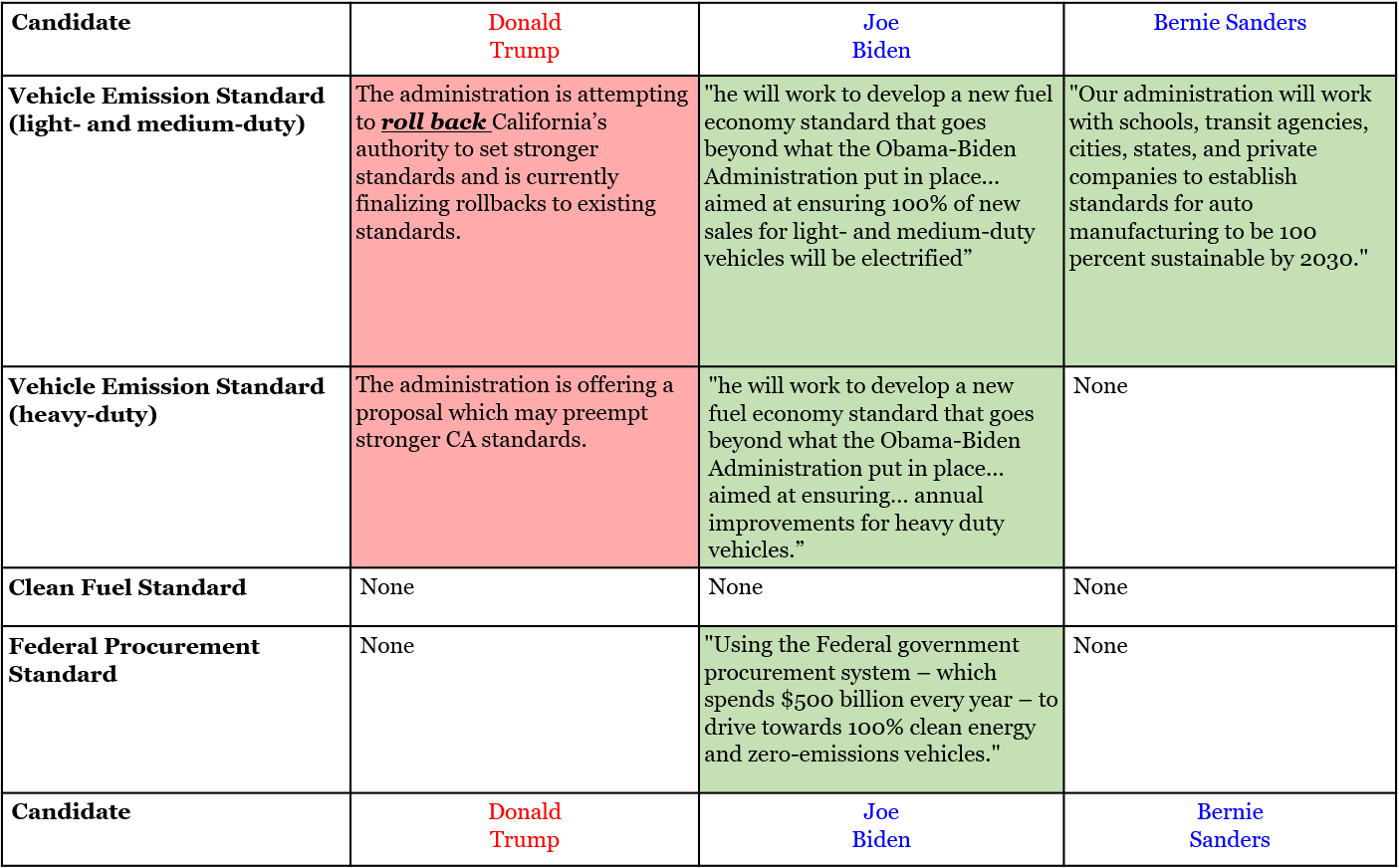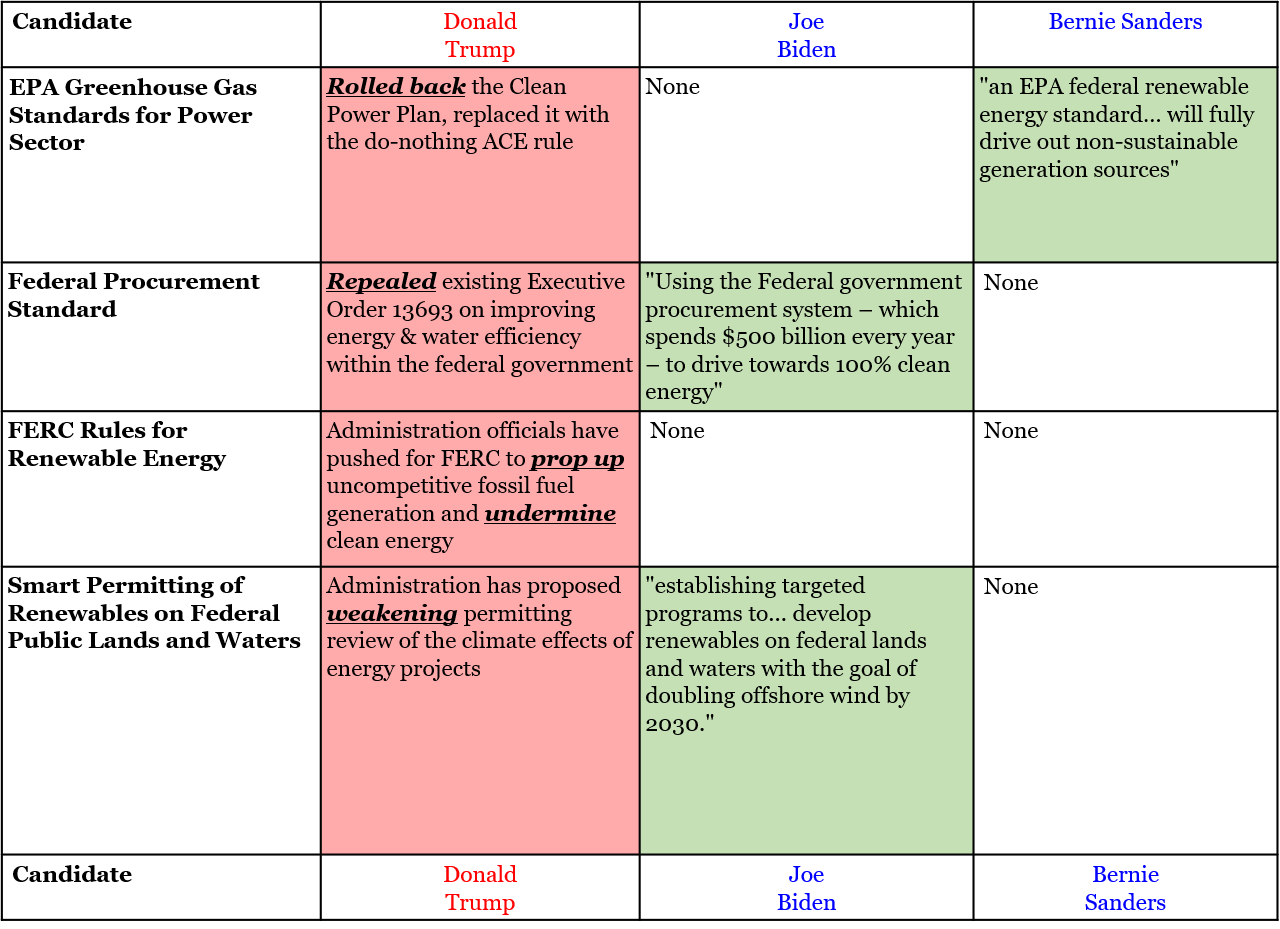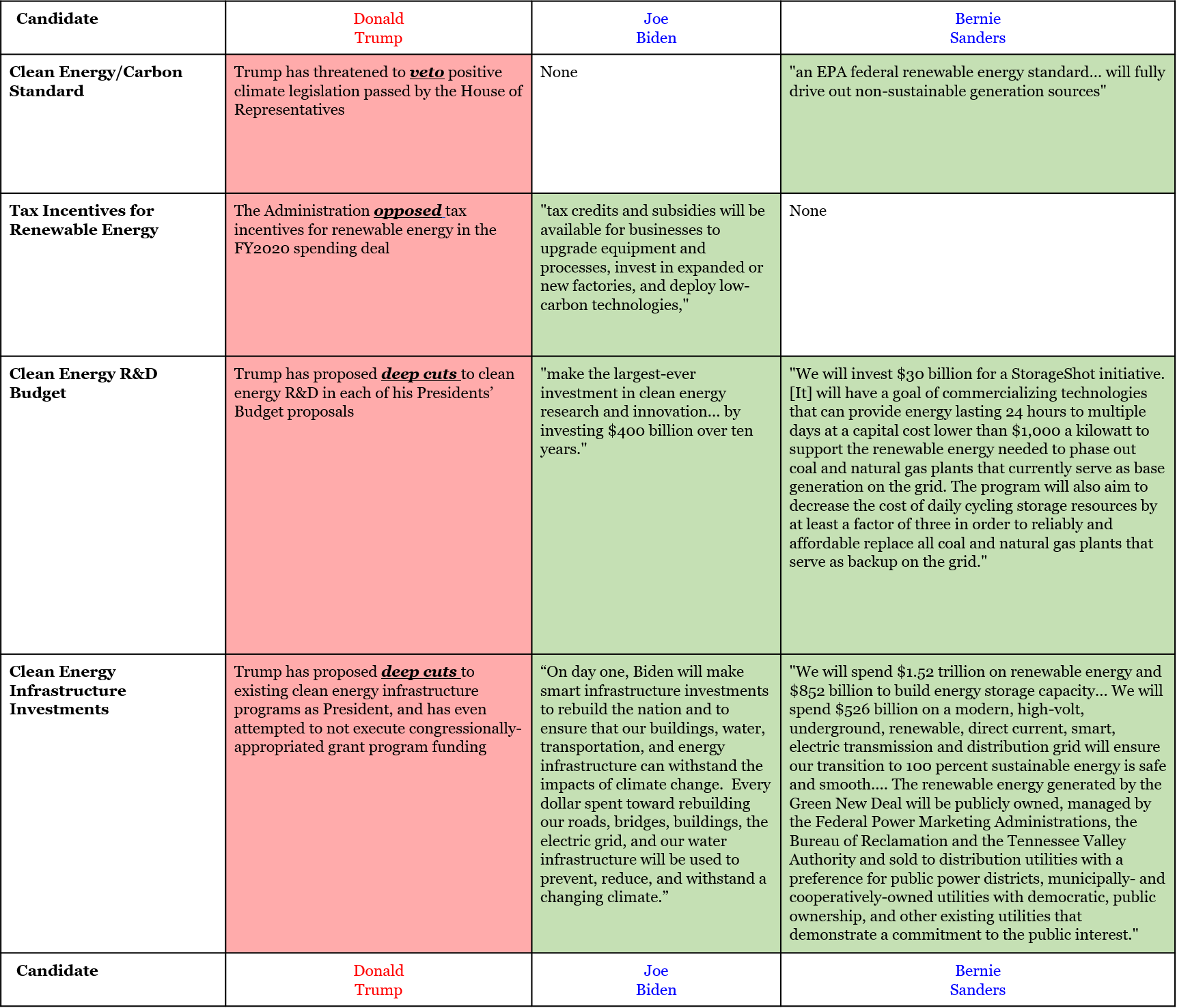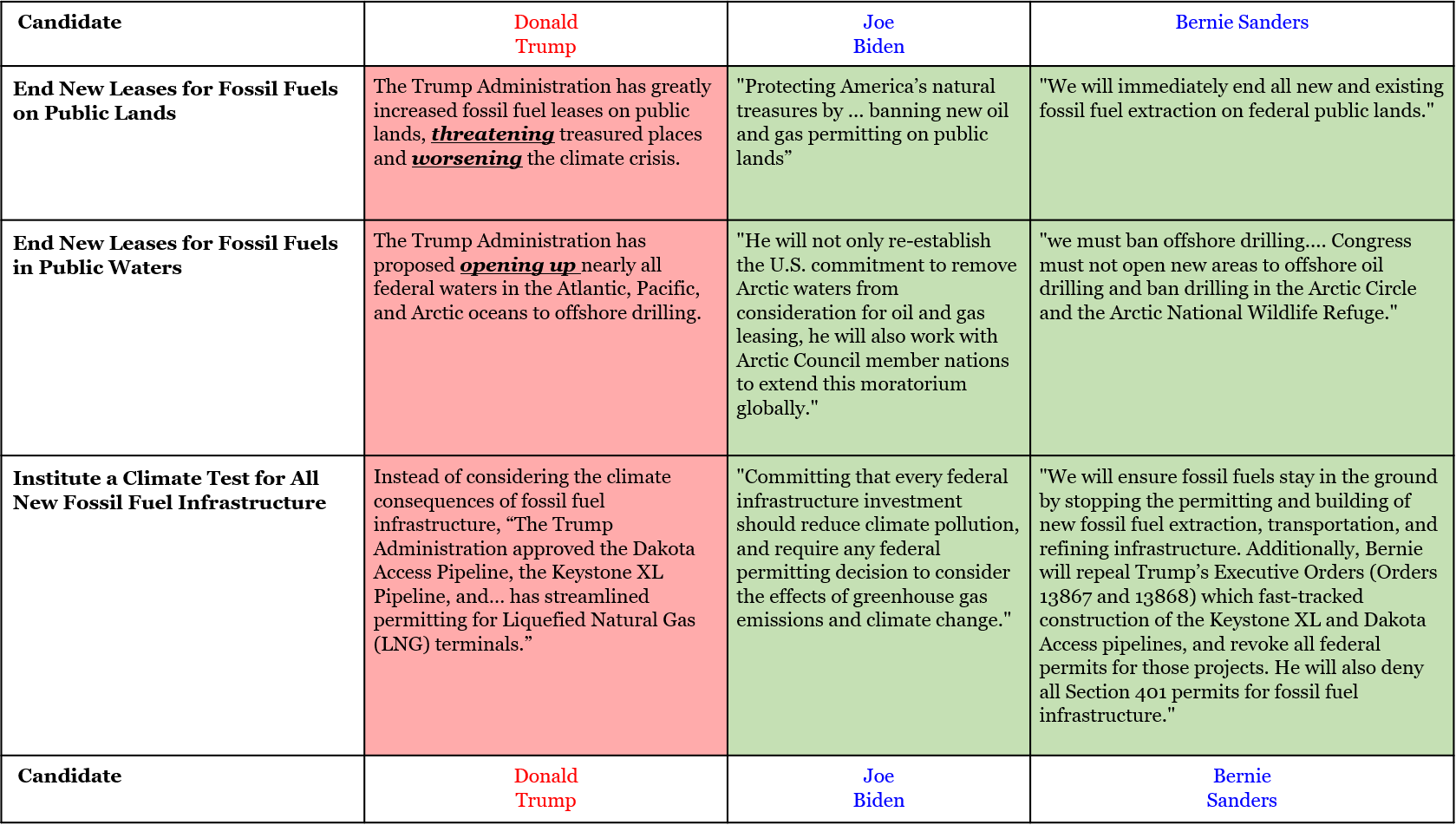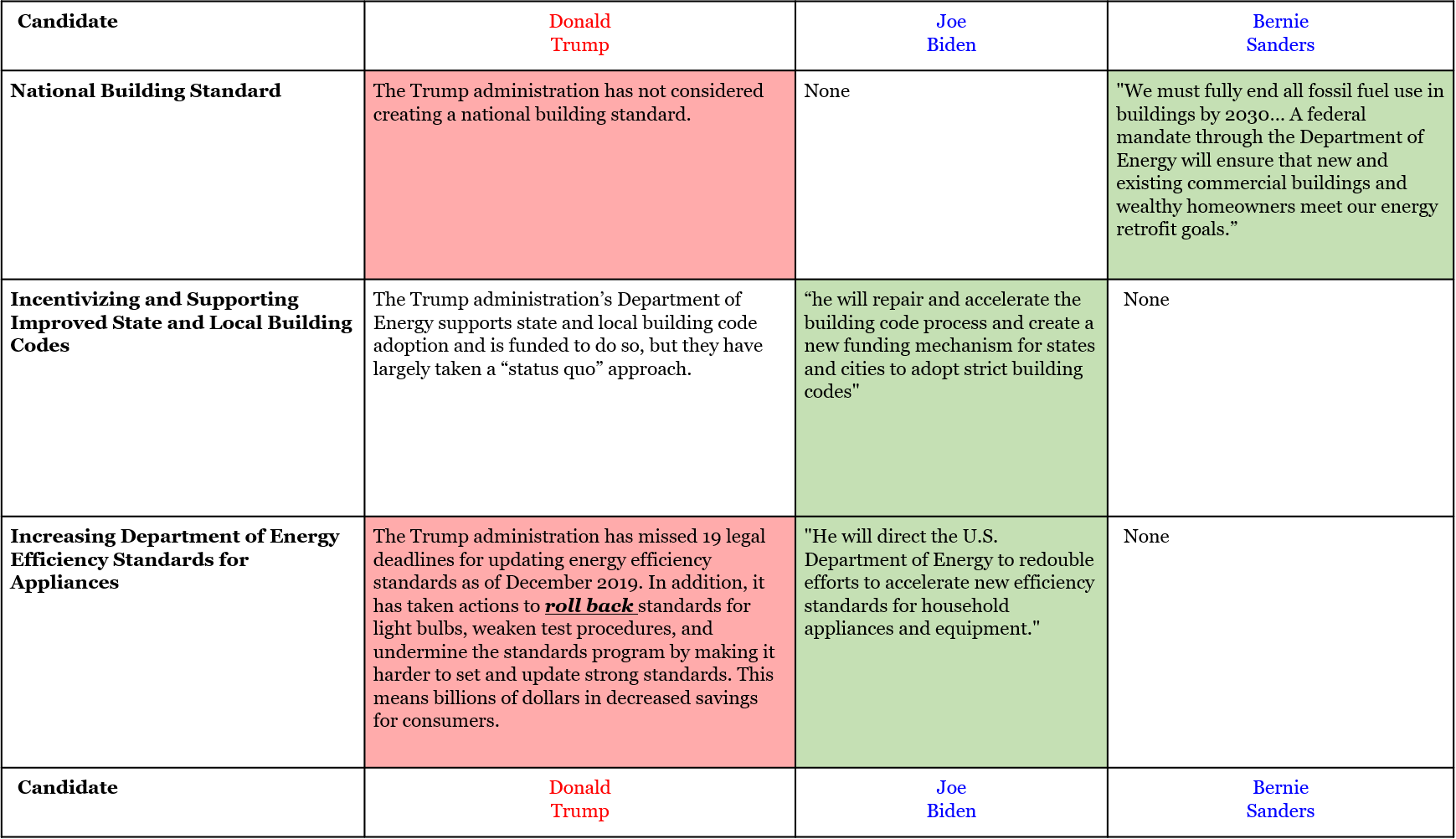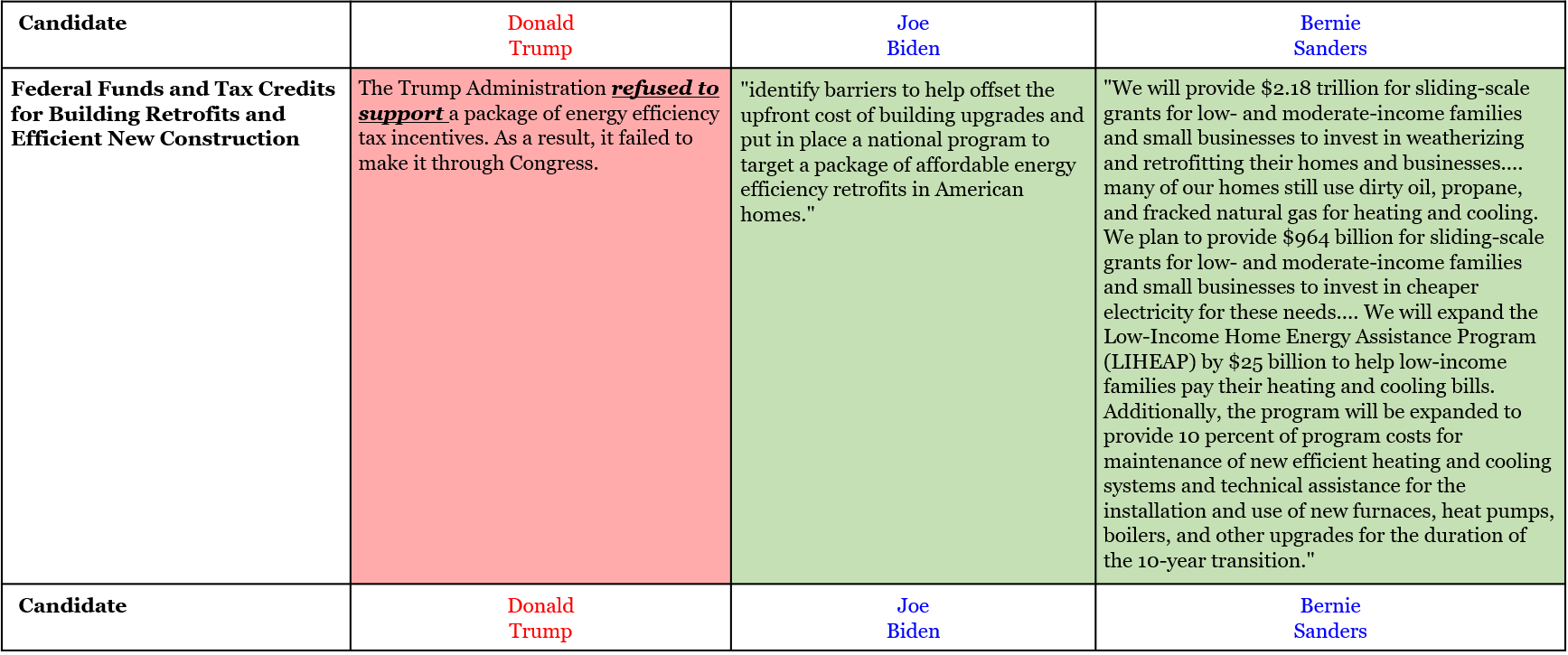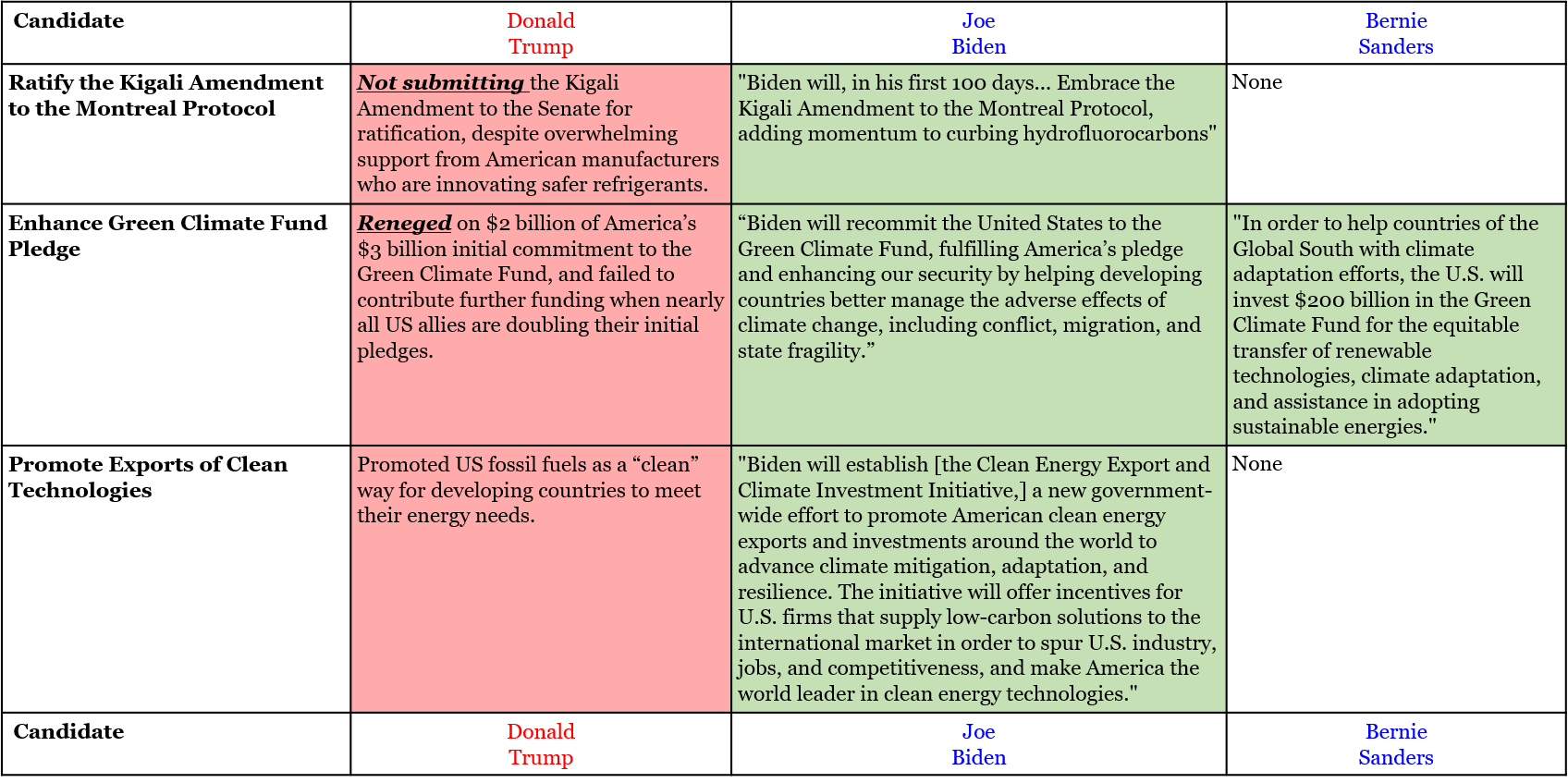This is a seminal year for the climate movement. What’s happening today, and what happens in the U.S. presidential election in November, will have far-reaching consequences that will shape our lives for decades. The world is getting a glimpse of the devastating consequences of climate inaction, as Australia suffers through its hottest summer and worst bushfire season on record. In more hopeful news, the rise of youth-led climate movements, from the Sunrise Movement to Greta Thunberg’s Fridays for our Future, are fueling an increasing sense of urgency to solve the climate crisis before it’s too late.
American voters this year will have the chance to replace the worst president for the environment in modern history. Whoever wins the Democratic nomination to take him on will be worlds better for the planet than the man who has put coal and oil lobbyists in charge of environmental policy making.
The U.S. president has a unique ability to steer the national and international conversation. Electing someone who will use their executive authority, push for legislation, and rally world leaders to create a clean energy economy is absolutely critical. Restoring American global leadership on climate, and securing justice for the communities most harmed by the fossil fuel economy of yesteryear, are the top goals of the environmental political movement in 2020.
The NRDC Action Fund is committed to electing a pro-environment President in 2020 and making sure that they put climate action at the top of their to-do list once in office. To aid in that effort, we have looked at the climate plans of the leading candidates for president* and compared them across five major categories. You can navigate to these comparisons using the menu below:
- Transportation (29% of domestic emissions in 2017);
- Power (28% of domestic emissions in 2017);
- Industrial (22% of domestic emissions in 2017);
- Buildings (12% of domestic emissions in 2017); and
- Global Leadership (88% of global emissions in 2016)
Special thanks to Action Fund advisor Brendan Guy for lending his expertise to this blog.
*We defined the “leading candidates for president” as the incumbent President and the two Democrats who have accrued over 200 delegates to the Democratic National Convention as of 3/13/20 (Joe Biden and Bernie Sanders).
Transportation:
Since 2016 transportation has been the biggest source of greenhouse gas emissions in the U.S. The sector accounts for approximately 29 percent of U.S. greenhouse gas emissions. Cars and trucks account for over 80 percent of vehicle emissions, while planes, trains, and ships account for the remainder. Reducing America’s transportation-related carbon pollution is critical to addressing the global climate crisis.
Rather than taking steps to reduce transportation emissions, the Trump administration is seeking to dramatically weaken U.S. emissions limits and dismantle the progress already made. Trump’s EPA director, Andrew Wheeler, has led efforts to roll back federal clean car and fuel efficiency standards and taken steps to restrict states’ right to set higher emissions standards.
Many states, including Colorado, are pursuing initiatives to promote electric vehicle adoption and build-out their vehicle charging infrastructure. But strong federal policies are required to ensure emissions from transportation are curbed. These policies include:
Administrative:
- Enhanced vehicle emission standards for light and medium-duty vehicles
- Enhanced vehicle emission standards for heavy-duty vehicles (trucks, buses)
- Clean fuel standards
- Federal procurement standards
Legislative:
- Tax credits to incentivize purchases of electric vehicles (EVs)
- Polluting gas vehicle trade-in program to accelerate fleet turnover
- Public transit investments
- Electric vehicle infrastructure investments
- Air, sea, and rail decarbonization investments
After comparing the climate plans of the leading candidates for president, here is how they stack up on transportation:
Administrative Actions:
Click on the image to expand:
Legislative Action
Click on the image to expand:
Power
The power sector is the second largest source of greenhouse gas emissions in the US. The sector accounts for approximately 28% of the US’ emissions. In 2018, natural gas, coal, and other fossil fuels were responsible for 64% of the US’ electricity generation. Emissions from the power sector have dropped over the last decade thanks to increased energy efficiency, a shift from coal to natural gas and growth in wind and solar energy production. Still, much remains to be done in order to decarbonize the power sector.
Rather than taking steps to reduce power sector emissions, the Trump administration has rolled back the Obama Administration’s Clean Power Plan and replaced it with a coal-friendly alternative, set a tariff of 30% on imported solar panels, and has repeatedly sought to cut federal funding for renewable energy research and core functions of the Environmental Protection Agency.
Many states, including California, New York, and Hawaii, have passed laws setting them on course to fully decarbonize their energy production in the next several decades. But strong federal policies are required to ensure emissions from power generation are curbed.
These policies include:
Administrative:
- EPA greenhouse gas standards for the power sector
- Federal clean energy procurement standards
- Federal energy regulatory commission (FERC) rules that support clean energy deployment
- Smart permitting of renewables on federal public lands and waters
Legislative:
- Clean energy or carbon standard
- Clean energy R&D budget
- Tax incentives for clean energy
- Renewable energy infrastructure investments
After comparing the climate plans of the leading candidates for president, here is how they stack up on the power sector:
Administrative Actions:
Click on the image to expand:
Legislative Action
Click on the image to expand:
Industrial:
Industrial emissions are the third largest source of greenhouse gas emissions in the U.S., accounting for approximately 22% of all emissions. Most industrial emissions come from burning fossil fuels (e.g. to heat furnaces and kilns), while the rest comes from either the release of methane as fossil fuels are extracted from the ground, chemical reactions that release greenhouse gases (e.g. producing cement or ammonia), or the production and use of hydrofluorocarbons (HFCs), incredibly powerful greenhouse gases used in refrigeration and air-conditioning.
The largest emitting industries include:
- Oil refining;
- Chemical production;
- Fracking/oil and natural gas production;
- Iron and steel production; and
- Cement and concrete production;
Rather than taking steps to reduce industrial emissions, the Trump administration has sought to subsidize and increase fossil fuel production, build fossil fuel infrastructure like the Dakota Access and Keystone XL pipelines, and dismantle the progress already made to decarbonize heavy industries like steel and cement.
A wide variety of policies have been proposed to curb industrial emissions, many of which would incentivize companies and industries to replace fossil fuels with renewable energy and clean industrial processes, gradually reducing fossil fuel production. These policies include:
Administrative:
- Ending new leases for fossil fuel drilling on public lands
- Ending new leases for fossil fuel drilling in public waters
- Instituting a climate test for all new fossil fuel infrastructure
Legislative:
- Putting an economy-wide price on carbon
- Eliminating fossil fuel subsidies
- Investing in low carbon manufacturing and research and development for hard-to-decarbonize industries like cement and steel
- Limiting fracking permits
- Limiting fossil fuel exports
After comparing the climate plans of the leading candidates for president, here is how they stack up on industrial emissions policy:
Administrative Actions:
Click on the image to expand:
Legislative Action
Click on the image to expand:
Buildings:
Residential and commercial buildings are the fourth largest source of greenhouse gas emissions in the US, after transportation, power generation, and industrial sources. The sector accounts for approximately 12% of the US’ emissions. Building emissions, depending on how they’re counted, can come from two different types of activities:
- The emissions linked to the electricity used to light, cool, and operate appliances in the building, as well as the burning of fossil fuels to heat the building and the water it uses. These emissions also known as “operational emissions”. Operational emissions account for 72% of the global building sector’s carbon footprint.
- The industrial emissions linked to the production of building materials (cement, steel, timber, etc) and construction of buildings, also known as “embodied emissions”. Embodied emissions account for the remaining 28% of the global building sector’s carbon footprint.
Making buildings more energy efficient so they use less energy can significantly decrease the country’s emissions in the short-term.
Rather than taking steps to increase energy efficiency, the Trump administration has rolled back steps taken by previous administrations. Most recently, it overturned a ban on inefficient lightbulbs, potentially resulting in millions more tons of carbon dioxide emissions and costing American families more money on their utility bills.
Many states have adopted enhanced building codes for residential and commercial buildings, but strong federal policies are required to ensure emissions from buildings are curbed. These policies include:
Administrative:
- A national building standard
- Supporting strong state and local building codes that require higher levels of energy efficiency in new buildings
- Increasing Department of Energy energy efficiency standards for appliances
Legislative:
- Federal funds and tax credits to incentivize building retrofits and efficient new construction
After comparing the climate plans of the leading candidates for president, here is how they stack up on buildings:
Administrative Actions:
Click on the image to expand:
Legislative Action
Click on the image to expand:
Global Leadership:
The United States is the second largest emitter of greenhouse gases in the world, while collectively the rest of the world contributes 88% of total greenhouse gases every year. That said, the US is still history’s largest climate polluter by a wide margin. American leadership will be essential to rally the world behind an aggressive climate agenda, and Presidents generally have more leeway to pursue their objectives in the foreign policy arena than they do at home, as was the case with President Obama and the Paris Climate Agreement.
Instead of rallying the world to tackle the climate challenge, the Trump administration has abandoned American global climate leadership by withdrawing the US from the Paris Agreement, skipping the climate meeting at the G7 Summit in 2019, and promoting fossil fuels at successive UN climate negotiations.
Democratic candidates for president have outlined their plans to reinvigorate American global climate leadership once in office, pursuing policies that include:
Administrative:
- Enhance Paris climate commitments
- Engage with other major emitters (China, India, EU)
- Advance climate action through trade and tariffs
- Restrict international finance to fossil fuel projects
Legislative:
- Ratify the Kigali Amendment to the Montreal Protocol
- Enhance Green Climate Fund pledge
- Promote exports of clean technologies
After comparing the climate plans of the leading candidates for president, here is how they stack up on global climate leadership:
Administrative Actions:
Click on the image to expand:
Legislative Action
Click on the image to expand:

